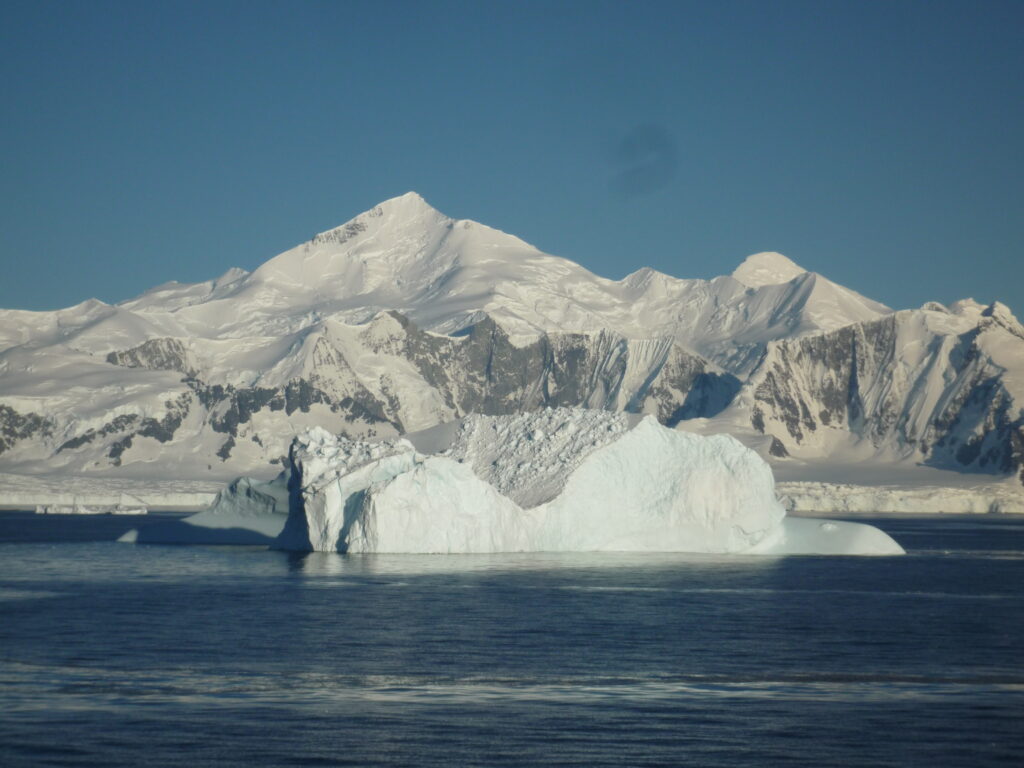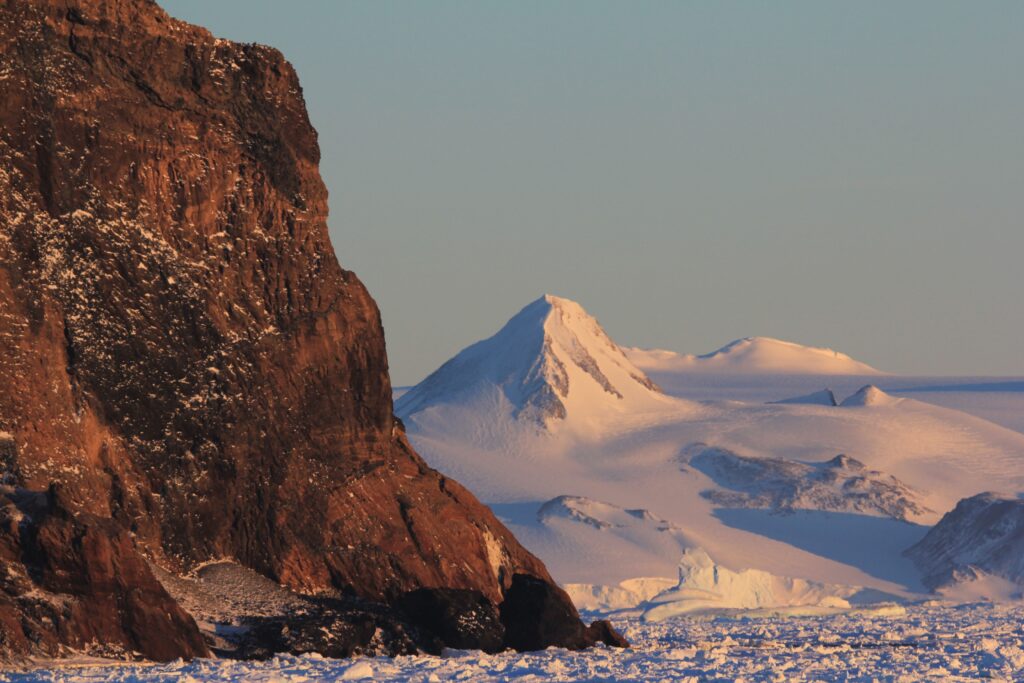Photo by Karl Hermann Kock
A global contribution to conservation and rational use
Over the last 40 years CCAMLR has implemented highly effective, precautionary, ecosystem-based management in the Convention Area. Since 1982, CCAMLR has set global benchmarks for long-term conservation, including the rational use of Antarctic marine living resources. In recognition, CCAMLR was awarded the Food and Agriculture Organization’s Margarita Lizárraga Medal in 2017.
The Commission’s decision-making is supported by advice based on the best scientific evidence available, developed by the Scientific Committee and its working groups. Members undertake research, often collaboratively, on many issues such as the Antarctic ecosystem and environment, the performance of key organisms within that ecosystem, the fisheries themselves and the impact that fishing has on the target species and the ecosystem. CCAMLR also specifies data which need to be reported by fishing vessels and by scientific observers placed on vessels.

This information is contributed and analysed at meetings of working groups and the Scientific Committee. CCAMLR also has cooperative working relationships with other multinational bodies such as the Scientific Committee on Antarctic Research, the Committee for Environmental Protection of the Antarctic Treaty, several Regional Fisheries Management Organisations and the Agreement on the Conservation of Albatrosses and Petrels. CCAMLR has set up several long-term environmental monitoring programs, including the Ecosystem Monitoring Program and the Marine Debris Program. These data are regularly used by the Scientific Committee in developing its advice to the Commission.
CCAMLR has met several challenges over the last 40 years which have been described in previous blogs. One of the first actions it took was to halt fishing on stocks that were depleted, to allow them to recover. Within its first decade, CCAMLR developed an effective ecosystem-based management approach for krill and defined a precautionary approach for the newly developing exploratory toothfish fisheries which ensured that they could not expand faster than the acquisition of data necessary to manage them. The krill management approach involved using data on the size of the krill population obtained from large-scale, multi-Member cooperative scientific surveys, combined with setting catch levels at precautionary levels to leave ¾ of the krill population available for predators, safeguarding the sustainability of the ecosystem.
In the 1990s, faced with a growing illegal, unregulated and unreported (IUU) fishing for toothfish, CCAMLR took a number of steps, including implementing the world’s first full traceability catch documentation scheme, to exclude fish caught by IUU vessels from international markets. This and other initiatives to control fishing activities have effectively reduced IUU fishing in the Convention Area.

The longline fishing method used in the toothfish fishery was discovered to have an unwelcome consequence in that it caused the death of albatrosses and petrels attracted to the baited hooks, and also the gear could impact vulnerable marine ecosystems such as deep-water coral and sponge beds. CCAMLR solved these problems by implementing effective mitigation measures developed through scientific experimentation and scientific observation on board fishing vessels. Reducing seabird mortalities to near zero is a key achievement of CCAMLR.
The lessons learned by CCAMLR in combating IUU fishing, and in its application of a precautionary ecosystem-based management approach, have been applied by other organisations with responsibilities in other ocean areas.
Throughout the four decades of its history CCAMLR has generated a community of cooperation. The Convention Area is large, some 10% of the global ocean area. It is remote and often challenging to work in. Effective scientific research in the area often requires cooperation, as does the development and implementation of management measures and the control of fishing activities.
At its first meeting from 25 May to 11 June 1982 the Commission had 82 participants from the 15 original signatories to the Convention and the EU. Four inter-governmental (IGO) and non-governmental (NGO) organisations attended as observers; 28 delegates attended the Scientific Committee meeting that year.
In 2020 there were 36 Contracting Parties to CCAMLR, 26 of which were Members of the Commission. The Commission meeting also included several States, IGOs and NGOs who participated in the meeting as observers; 344 delegates attended the Commission meeting and 261 the Scientific Committee. Many delegates have attended a large number of meetings, and in recognition of their long dedication to CCAMLR, all those who attend 30 years of meetings are presented with a memento for the occasion – and so far 14 delegates have been awarded this honour. CCAMLR also honours all those who have contributed over the years, including at the policy level of the Commission and the scientists and scientific observers who have acquired the essential data on which CCAMLR has based its decisions.
The combined efforts of all these organisations and individuals over the last 40 years have contributed to the effective management and conservation of Antarctic marine ecosystems
